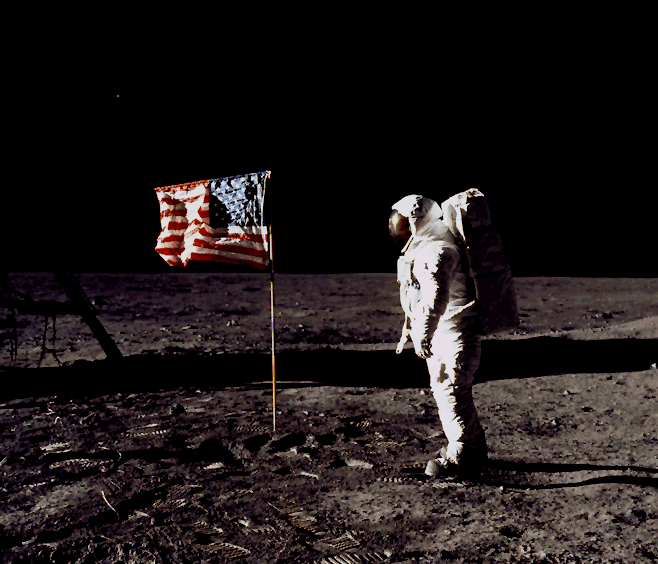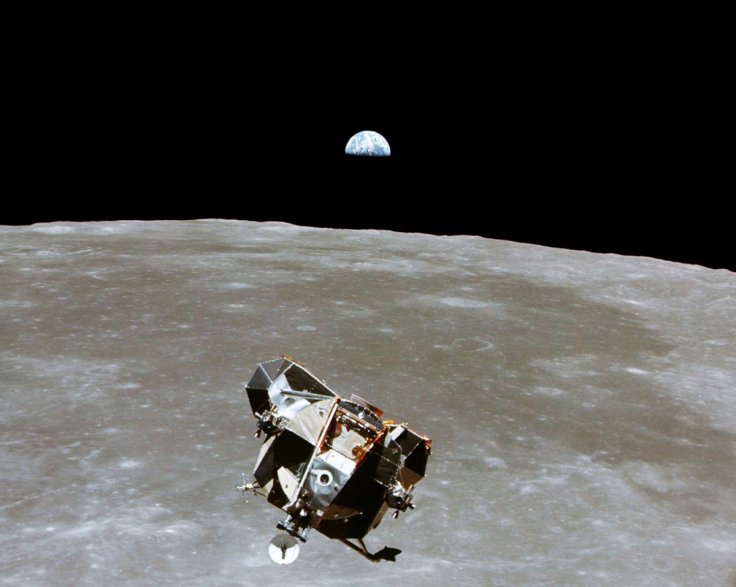A computer scientist who worked with NASA for the Apollo 11 mission disclosed important information that proves the authenticity of the agency's first Moon landing expedition. The scientist said that the computer issue that occurred during the mission confirms that it was not faked.
Apollo 11 is NASA's first human mission to land on the Moon. Despite being regarded as a historical achievement, there are still people who believe that the mission didn't happen. Many of them claim that the entire lunar landing mission was faked by NASA.

NASA's Operating System For Apollo 11
Recently, computer scientist Paul Sakakeeny revealed an important detail that confirms the truth about Apollo 11. During the 1960s, Sakakeeny worked at the Massachusetts Institute of Technology (MIT). His main task was handling the operating system used by NASA for the Apollo 11 mission, which was launched in 1969. One of the system's functions was creating Apollo 11's navigation plan using a simulation program. According to Sakakeeny, the system encountered a glitch that remained undetected until the Apollo 11 lander arrived on the Moon.
"The simulator contained a serious bug which was not apparent until the actual lunar lander touchdown," he told Express. The simulation, when adjusted with the real flight data, attempted to land three feet into the Moon's surface, crashing the lander."

Debunking The Moon Landing Hoax
Although the effects of the glitch were detected during the mission, the bug that caused the technical issue was not found until the year 2000, when the turn of the millennium exposed the various errors that affected computers during the last decade. As noted by Sakakeeny, the issue was caused by a date routine error that failed to take into account the leap days.
According to the computer scientist, if the Apollo 11 mission did not actually happen, the simulation program would have produced the erroneous landing result that Sakakeeny and his colleagues witnessed.
"A fake landing would not have produced this," he said. "One could say this proves the landing was fake because the wrong data fed to the simulator containing an error and if a real landing had occurred the simulator would work. Except, despite the best efforts of IBM and MIT, the bug was never found until the year 2000."









